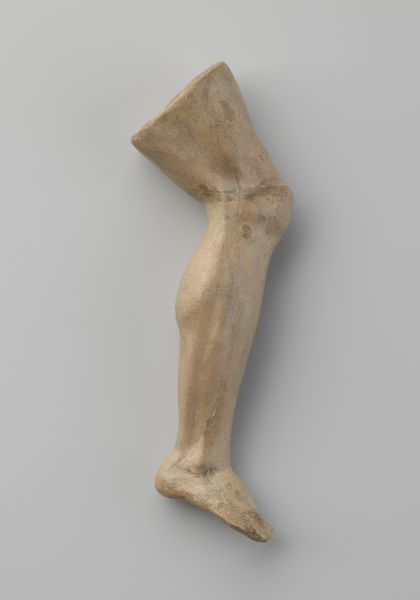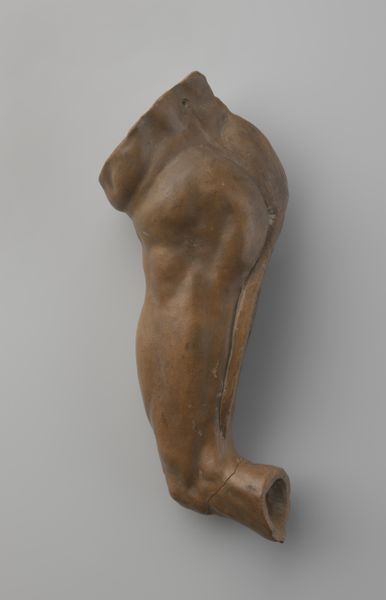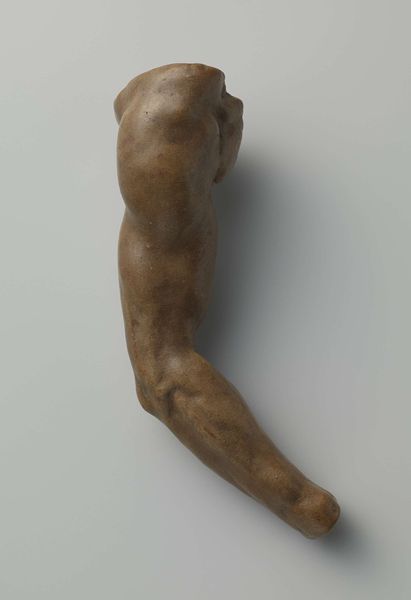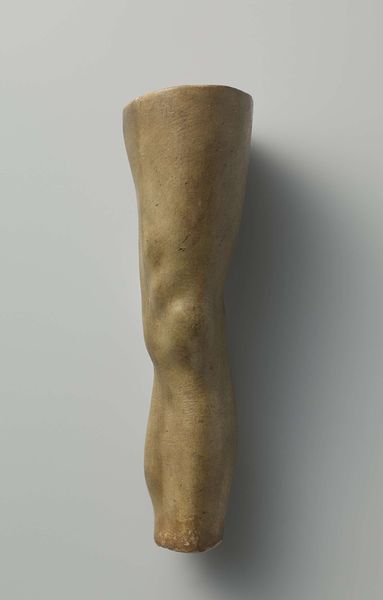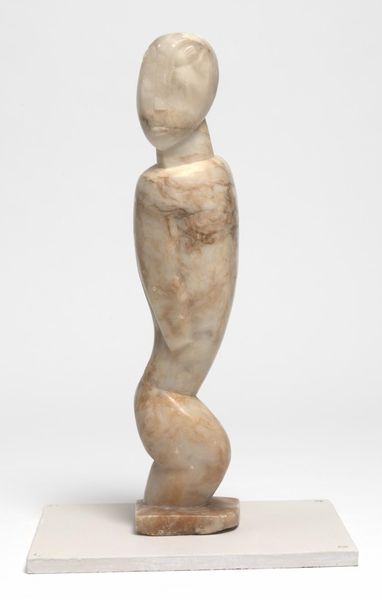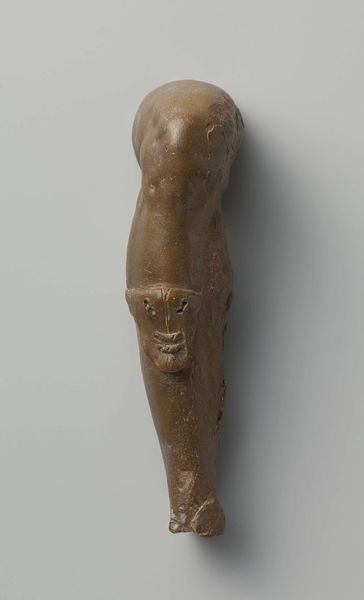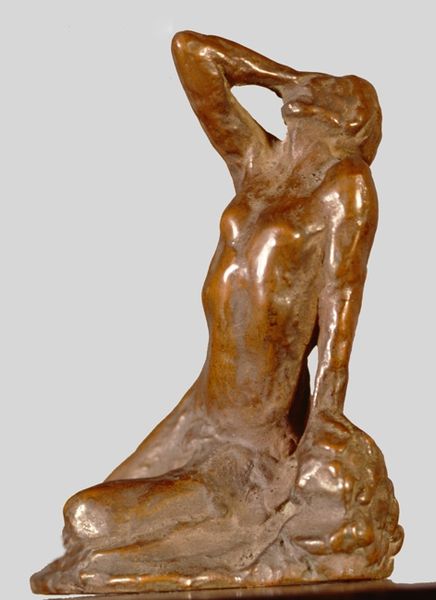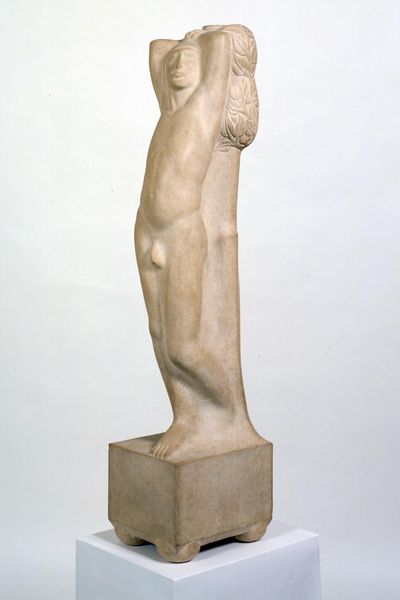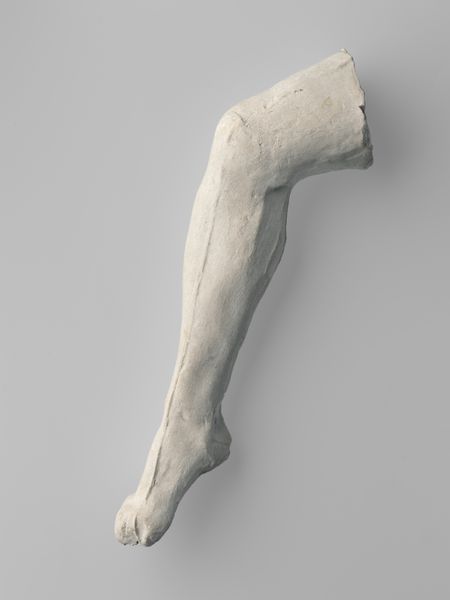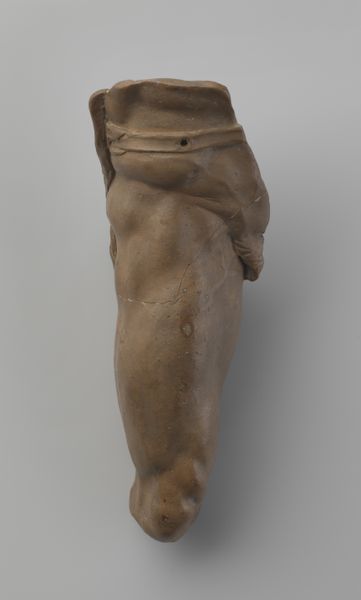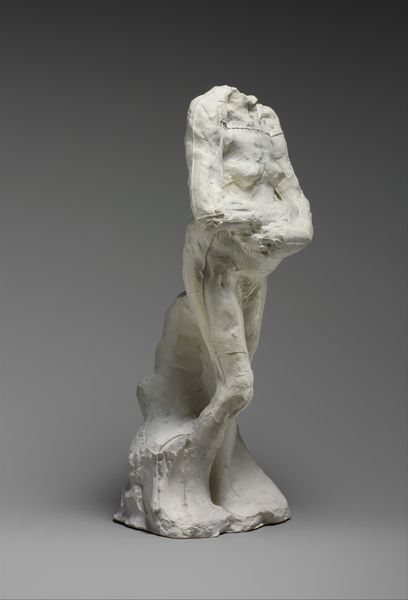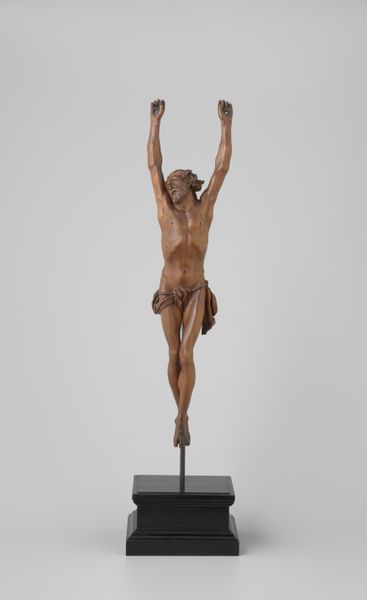
bronze, sculpture
#
portrait
#
bronze
#
figuration
#
sculpture
#
academic-art
#
italian-renaissance
Copyright: Rijks Museum: Open Domain
This is a study model of a human leg, created by Johan Gregor van der Schardt around 1570, likely in Italy. This was a period when artists were deeply engaged with anatomical studies, moving beyond medieval medical theories. Artists in the Renaissance were concerned with capturing the true likeness of the human body, making anatomical studies all the more crucial. This model then, has strong links to the development of anatomical science, in that the cultural demand for art which truly represented the human form, drove forward the study of anatomy in the Renaissance. If we want to understand more about the role of models like this in the training of artists, we might look to archival records of the art academies that sprung up in Italy during this period. Such institutions played a vital role in shaping artistic production, and the public's understanding of art.
Comments
rijksmuseum about 2 years ago
⋮
This group of small models of parts of the body are carefully copied after famous sculptures, in particular by Michelangelo, in Florence and Rome. They came from the workshop of the Nijmegen sculptor Johan Gregor van der Schardt, who had a successful career in Italy, Nuremberg, and Copenhagen. They are extremely rare examples of the, in part autograph, study material of a 16th-century sculptor.
Join the conversation
Join millions of artists and users on Artera today and experience the ultimate creative platform.
